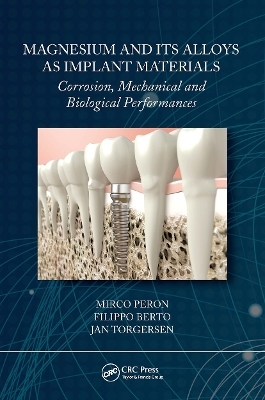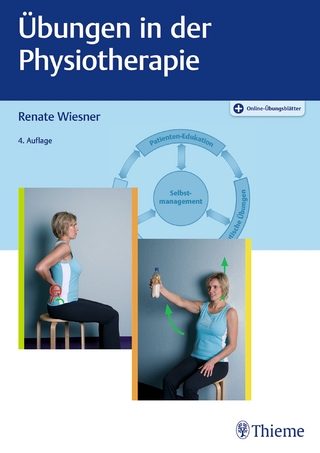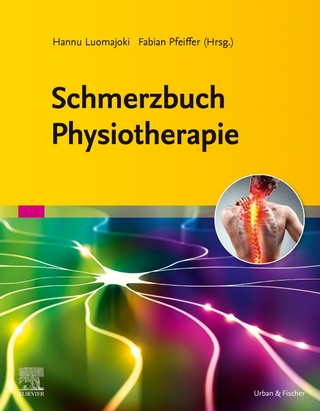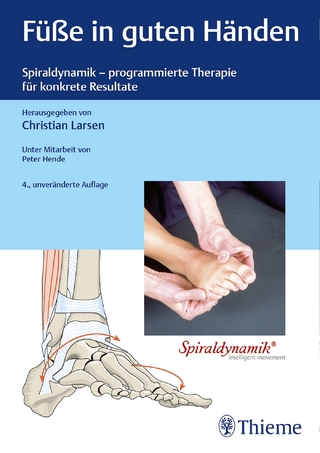
Magnesium and Its Alloys as Implant Materials
CRC Press (Verlag)
978-1-032-65433-1 (ISBN)
Despite their tremendous potential, Mg and its alloys are not yet used in biomedical applications. This book aims to provide scientific insights into the challenges of the materials, and give an overview of the research regarding their mechanical properties, corrosion behaviour and biological performances. The authors intend to put the reader into the position to accurate discern the proper Mg-based material for his/her applications and to choose the proper improvement strategy to his/her cause. To this aim, the manuscript is structured as follow: in Section 2, the main challenges hampering the use of magnesium in biomedical applications and the common improvement strategies are listed. In Section 3, the most investigated Mg alloys are reported in separate sub-sections, detailing their mechanical properties, corrosion behaviour and biotoxicity. High-pure and ultra-high-pure Mg, Al-based Mg alloys, Zn-based Mg alloys, Ca-based alloys and RE-based Mg alloys have been considered. In Section 4, the alloys’ performances with respect to the challenges is summarized providing the reader with useful information and suggestions on the potentially most suited choice. Finally, in Section 5, an outlook portraying the authors’ opinion of the future development of the field will be provided. This book will allow biomedical engineers, surface scientists, material scientists, implant manufacturers and companies working on implant approval an overview of the state-of-the-art technologies adopted so far to overcome the drawbacks of Mg for biomedical applications. Particular emphasis is put on explaining the link between mechanical, corrosion and biocompatible properties of Mg and its alloys as well as their pros and cons. In doing so, the authors intend to put the reader into the position to accurate discern the proper Mg-based material for his/her applications and to choose the proper improvement strategy to his/her cause.
Mirco Peron earned his degree in mechanical engineering (summa cum laude) in 2015 from the University of Padova, where his thesis evaluated the fatigue damage and stiffness evolution in composite laminates. He is currently a PhD student at Norwegian University of Science and Technology (NTNU), Trondheim. His PhD topic deals with the optimization of mechanical and corrosion properties of magnesium and its alloys for biomedical applications, with particular reference to the corrosion-assisted cracking phenomena. Filippo Berto is Chair of Structural Integrity at the Norwegian University of Science and Technology in Norway. He is in charge of the Mechanical and Material Characterization Lab in the Department of Mechanical and Industrial Engineering. He is author of more than 500 technical papers, mainly oriented to materials science engineering, the brittle failure of different materials, notch effect, the application of the finite element method to the structural analysis, the mechanical behavior of metallic materials, the fatigue performance of notched components as well as the reliability of welded, bolted and bonded joints. Since 2003, he has been working on different aspects of the structural integrity discipline, by mainly focusing attention on problems related to the static and fatigue assessment of engineering materials with particular attention to biomedical and medical applications and materials. Jan Torgersen is Professor of mechanical engineering at NTNU, Trondheim. He received his PhD from Vienna University of Technology, where he worked on high-resolution laser microfabrication of hydrogels for tissue engineering. He was pioneering in the work of processing hydrogel formulations at micron scale resolution in vivo, in the presence of living cells and whole organisms. He received a postdoctoral fellowship to work on a nanoscale vapor deposition technique called atomic layer deposition, allowing conformal coating of thermally fragile and nanostructured substrates with atomically thin layers of a wide range of materials. He contributed to the development of a selflimiting deposition process for high-k materials for Dynamic Random Access Memory (DRAM) applications. His current research interests are micro- and nanofabrication as well as surface functionalization, with particular focus on biomedical applications.
Chapter 1 Introduction
Introduction
References
Chapter 2 Challenges and Common Strategies
Introduction
Corrosion Mitigation Strategies
Impurities Removal
Alloying
Grain Size Modification
Mechanical Properties Tuning
Grain Refinement
Solid Solution Strengthening
Precipitation Hardening
Interplay among Mechanical Properties, Corrosion
Resistance and Biocompatibility
References
Chapter 3 Synopsis of Properties of Biocompatible Mg and Its Alloys
Introduction
High-Pure Magnesium
High-Pure Magnesium: Mechanical Properties
High-Pure Magnesium: Corrosion Resistance
High-Pure Magnesium: Biocompatibility
Aluminum-Based Alloys
AZ Alloys
AZ Alloys: Mechanical Properties
AZ Alloys: Corrosion Resistance
AZ Alloys: Biocompatibility
AM Alloys
AM Alloys: Mechanical Properties
AM Alloys: Corrosion Resistance
AM Alloys: Biocompatibility
Mg–Al–RE Alloys
Mg–Al–RE Alloys: Mechanical Properties
Mg–Al–RE Alloys: Corrosion
Resistance
Mg–Al–RE Alloys: Biocompatibility
Mg–Zn Alloys
Mg–Zn Binary Alloys
Mg–Zn Binary Alloys: Mechanical Properties
Mg–Zn Binary Alloys: Corrosion
Resistance
Mg–Zn Binary Alloys: Biocompatibility
Mg–Zn–Zr Alloys
Mg–Zn–Zr Alloys: Mechanical Properties
Mg–Zn–Zr Alloys: Corrosion
Resistance
Mg–Zn–Zr Alloys: Biocompatibility
Mg–Zn–Ca Alloys
Mg–Zn–Ca Alloys: Mechanical Properties
Mg–Zn–Ca Alloys: Corrosion
Resistance
Mg–Zn–Ca Alloys: Biocompatibility
Mg–Zn–Ca BMGs
Mg–Zn–Ca BMGs: Mechanical Properties
Mg–Zn–Ca BMGs: Corrosion Resistance
Mg–Zn–Ca BMGs: Biocompatibility
Mg–Zn–Mn Alloys
Mg–Zn–Mn Alloys: Mechanical Properties
Mg–Zn–Mn Alloys: Corrosion
Resistance
Mg–Zn–Mn Alloys: Biocompatibility
Mg–Zn–RE Alloys
Mg–Zn–RE Alloys: Mechanical Properties
Mg–Zn–RE Alloys: Corrosion
Resistance
Mg–Zn–RE Alloys: Biocompatibility
Mg–Ca Alloys
Mg–Ca Alloys: Mechanical Properties
Mg–Ca Alloys: Corrosion Resistance
Mg–Ca Alloys: Biocompatibility
Mg–RE Alloys
Mg–RE Alloys: Mechanical Properties
Mg–RE Alloys: Corrosion Resistance
Mg–RE Alloys: Biocompatibility
References
Chapter 4 Tackling the Challenges
Introduction
Radar Chart: An Easy Tool to Compare Corrosion, Mechanical and Biological Performances
References
Chapter 5 Outlook
Reference
Appendix A: Corrosion
Appendix B: In Vitro Biocompatibility Assessment
Index
| Erscheinungsdatum | 23.08.2024 |
|---|---|
| Verlagsort | London |
| Sprache | englisch |
| Maße | 156 x 234 mm |
| Gewicht | 320 g |
| Themenwelt | Medizin / Pharmazie ► Physiotherapie / Ergotherapie ► Orthopädie |
| Recht / Steuern ► EU / Internationales Recht | |
| Recht / Steuern ► Privatrecht / Bürgerliches Recht ► Medizinrecht | |
| Technik ► Maschinenbau | |
| Technik ► Medizintechnik | |
| ISBN-10 | 1-032-65433-3 / 1032654333 |
| ISBN-13 | 978-1-032-65433-1 / 9781032654331 |
| Zustand | Neuware |
| Informationen gemäß Produktsicherheitsverordnung (GPSR) | |
| Haben Sie eine Frage zum Produkt? |
aus dem Bereich


